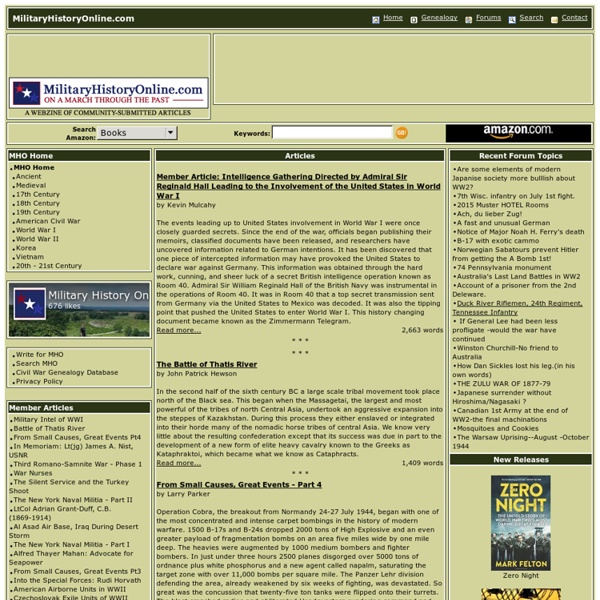



Spartacus Educational Topics on the National Security State of America This set of materials focuses on how the ideals of America—that of being a civilian republic—were transformed during the 20th century into the national security state structure that began operating after World War II. This transformation resulted in the assassination politics that defined the 1960s and continues expanding its influence with each passing year. A useful definition of seven characteristics of a national security state from SourceWatch begins with, “The National Security State or Doctrine, generally refers to the ideology and institutions (CIA, Dept. of Defense) established by the National Security Act of 1947...”[1] The seminal event in the overt inauguration of our national security state was the assassination of the 35th President of the United States on 22 November 1963. “Plausible deniability” was sanctioned by the June 18, 1948, National Security Council directive NSC 10/2. A democracy within a national security state cannot survive. As he dedicates the book Notes
Home - Vietnam Full DisclosureVietnam Full Disclosure | Vietnam Full Disclosure: Toward an Honest Commemoration of the American War in Vietnam The Mysterious Package One of the more obscure pieces of evidence in the Kennedy assassination is the package mailed to Lee Oswald shortly before the assassination from Irving, Texas. There are two things wrong with it. One, the street address is wrong and two, there was insufficient postage. There was no return address either. Discovered in the dead letter department of the Irving, Texas post office two weeks after the assassination, it was a package Oswald never saw or most likely never knew had been mailed to him. The framing of the guilty man? The Package ContentsThe package was discovered by C. The package was opened by Dallas Postmaster Harry Holmes, a controversial figure in the course of the investigation. So here we have a second paper bag. The Postage Due CardAs if all of this were not strange enough, on November 23, a post due card arrives at Ruth Paine’s address at 2515 W. 5th Street in Irving. So if you don’t want to believe in a conspiracy to kill John F. assassination
George Washington's Blog JFKcountercoup Home/IWitness:Video testimonies from Holocaust survivors and witnesses History Net: Where History Comes Alive - World & US History OnlineHistory Net: Where History Comes Alive – World & US History Online | From the World's Largest History Magazine Publisher Washington's Farewell Address 1796 Washington's Farewell Address 1796 Friends and Citizens: The period for a new election of a citizen to administer the executive government of the United States being not far distant, and the time actually arrived when your thoughts must be employed in designating the person who is to be clothed with that important trust, it appears to me proper, especially as it may conduce to a more distinct expression of the public voice, that I should now apprise you of the resolution I have formed, to decline being considered among the number of those out of whom a choice is to be made. The acceptance of, and continuance hitherto in, the office to which your suffrages have twice called me have been a uniform sacrifice of inclination to the opinion of duty and to a deference for what appeared to be your desire. The impressions with which I first undertook the arduous trust were explained on the proper occasion. Here, perhaps, I ought to stop. Why forego the advantages of so peculiar a situation?